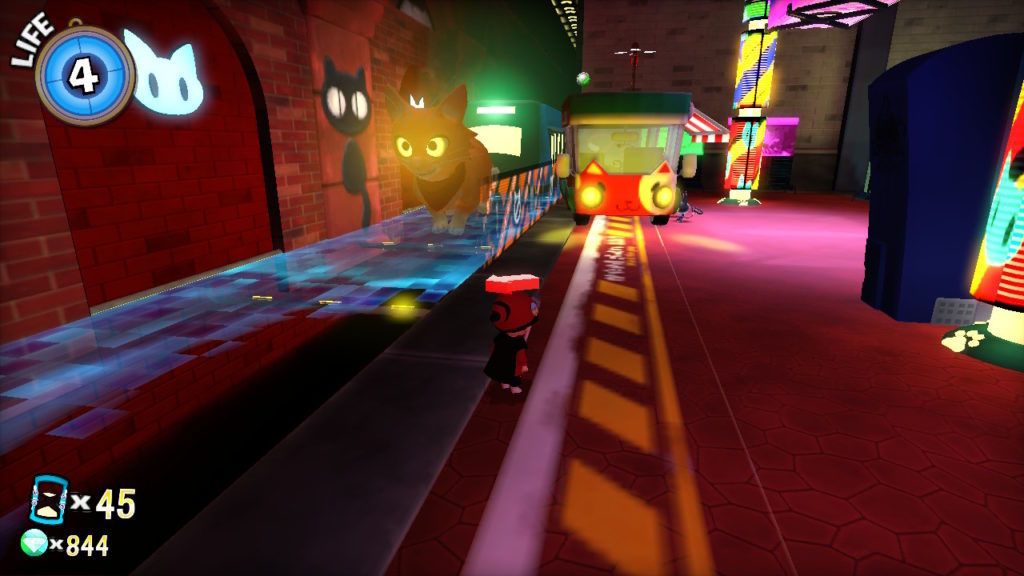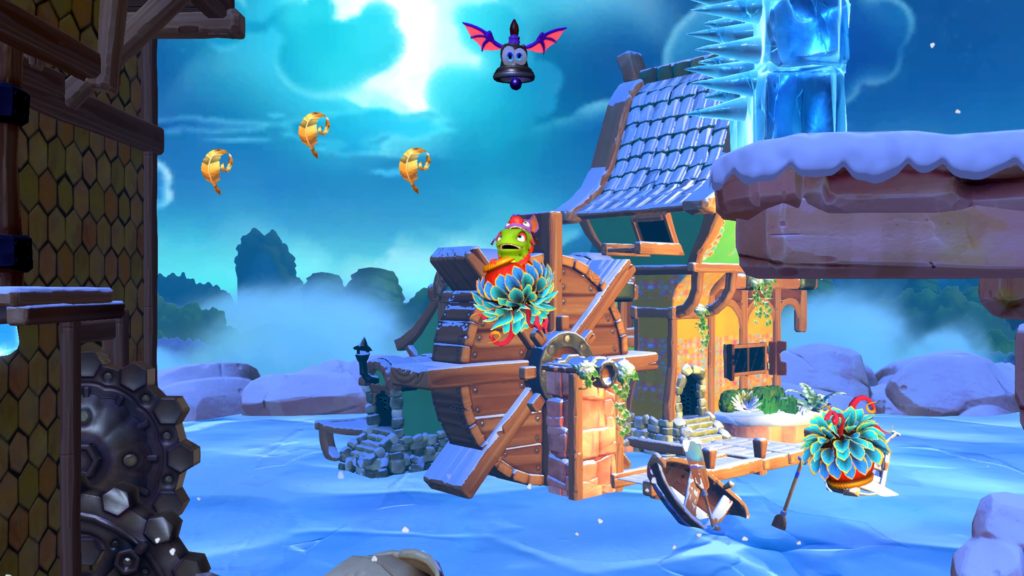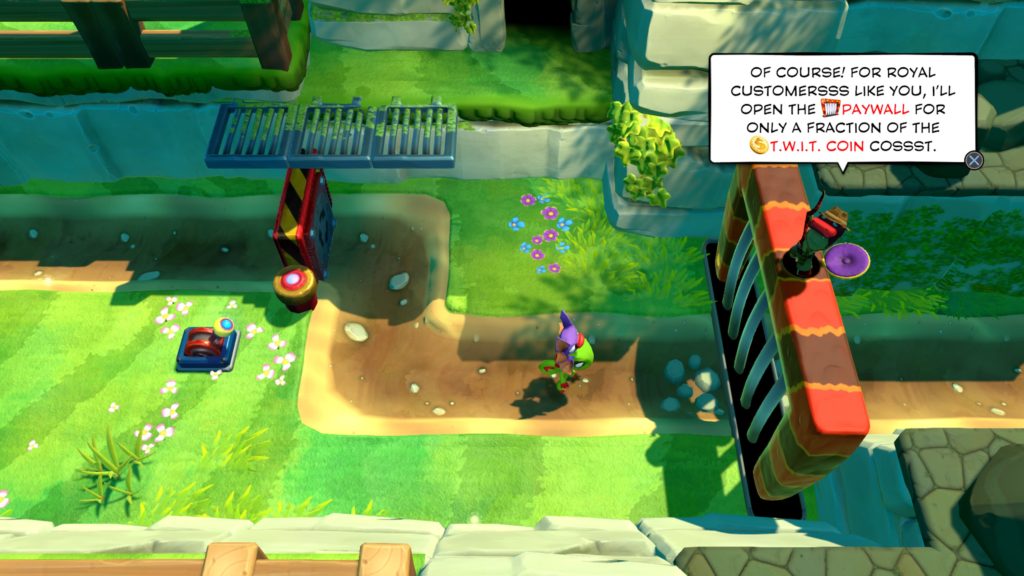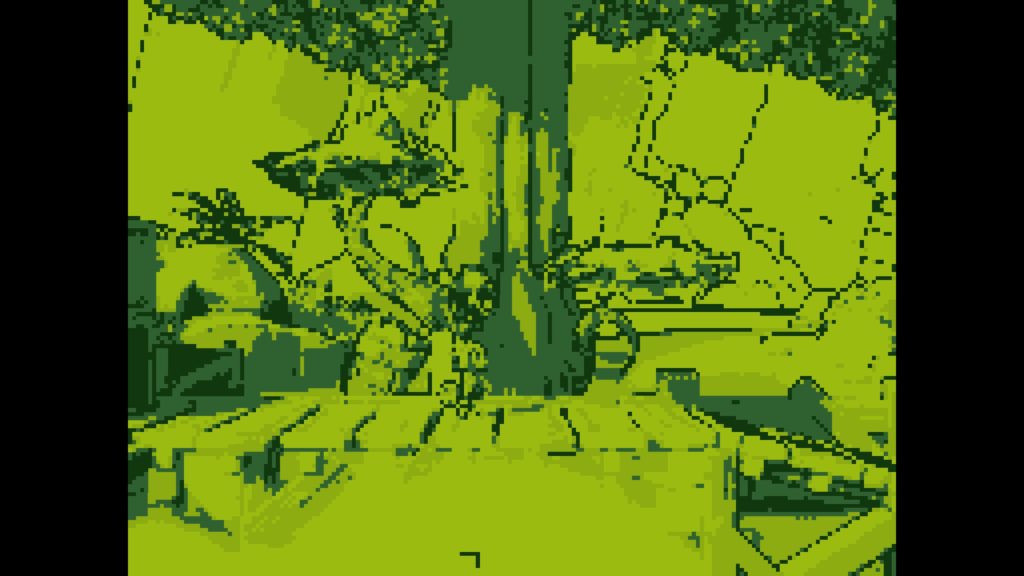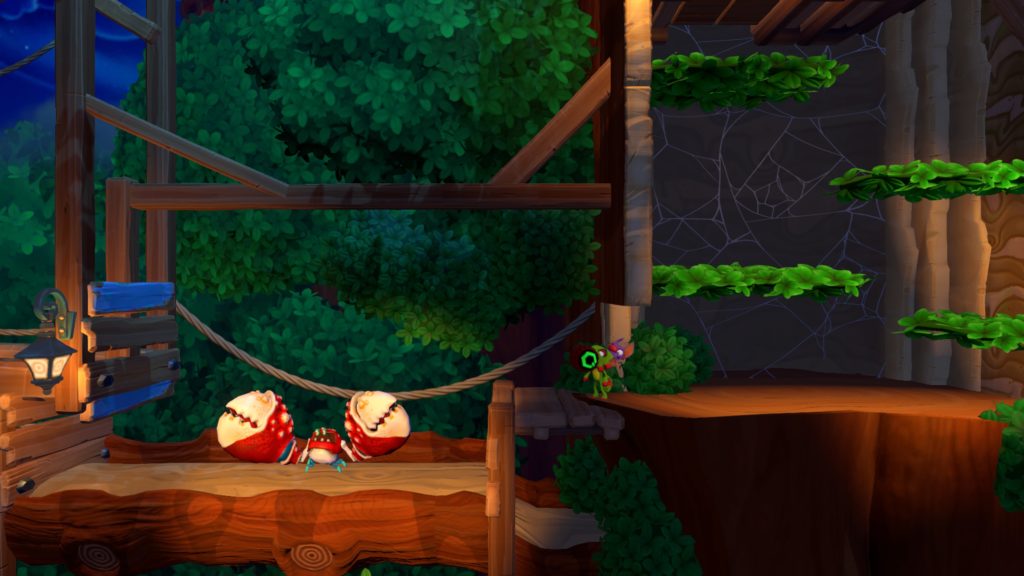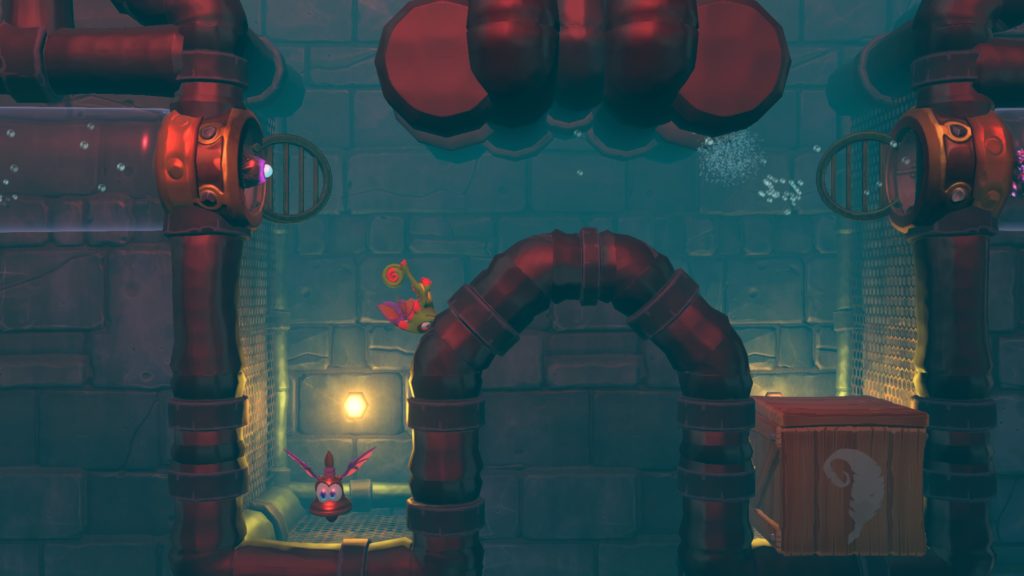More Info from Demimonde Studios
- Genre: Puzzle/Platformer
- Platform: Switch
- Also Available On: Steam, Xbox One, PS4
Octahedron is a wild ride. At its core, it’s a really mechanically tight puzzle platformer. However, that’s way oversimplifying it. As you dig in, it becomes a wildly fun experience dripping in an ’80s color palette that moves wildly between tight platforming sections, quick movement sections, and even a little bit of offensive weapon flair to your move set.
Screenshots really don't do Octahedron justice so I figured I'd post a small clip of what I'm dealing with instead. pic.twitter.com/uVzveexnLV
— Dan Weiss (@schenksmill) February 15, 2020
I figured I’d start with this short video, because it kind of shows a bit of everything. You see the core mechanic of the game – the ability to create a platform that moves underneath you. There’s a bit of the puzzle and offense, where my platform drops an explosive to open up my path, then I use my platforms to get around the enemy spawner. You’ve got the over the top visual style and audio, which the game is largely synced to.
The most important thing about all of this is that it’s mechanically really tight. That’s always the big differentiator between good and bad platformers. Jump heights and jump distances feel really consistent. The height gaps between platforms as you move up and down are obvious, so there’s no second guessing whether you are going to make a jump or need to lay down a platform of your own first. The obstacles moving in time with the background music sets a great internal rhythm to threading the needle through the level which added a nice secondary layer of confirmation to the way I was playing the game.
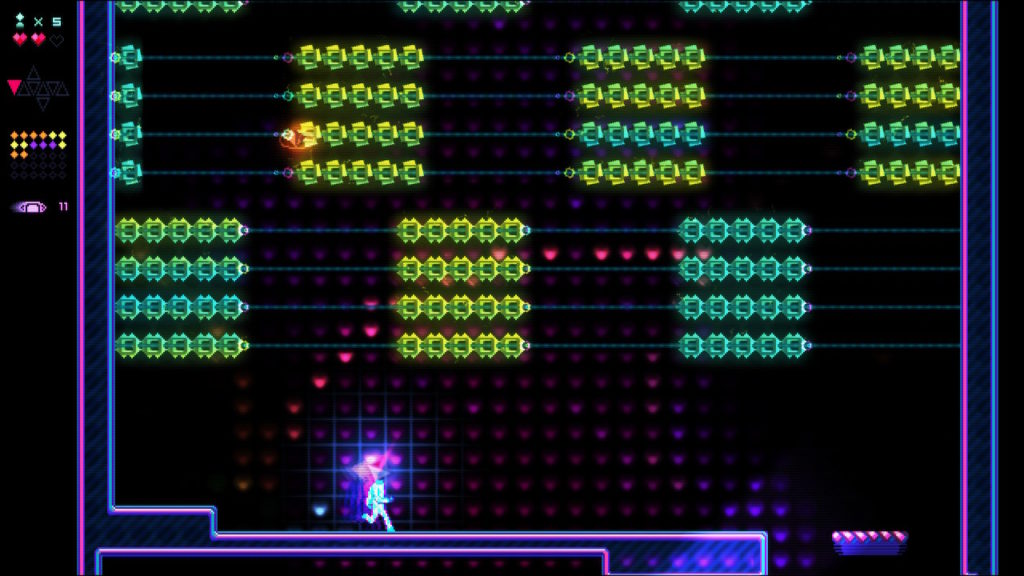
That’s not to say that things are necessarily easy. What it comes down to is the precision places everything on player skill to complete the game. Generally speaking there’s levels of difficulty to this. Simply completing the level generally provides a nice challenge that ramped up slowly throughout the game. Doing a full completion pass on the level started to add things to grab that were in out of the way or more challenging spots. Then completing a level quickly and with minimal use of player-created platforms is another level of difficulty altogether.
This ends up providing a bit of a choose your own adventure style to the game, and is where it really leans into the puzzle side of things. You’re no longer simply getting from point A to B in safety. You’re now having to be more precise with your jumps to minimize platforms. You’re taking some risks to move through the level as quick as possible. You’re keeping an eye out for secret areas that hold the last few bits of collectables that you need to grab. It all just works very well as a whole. If you’re having trouble with a level, you can kind of pick and choose what your goal is and come back later to wrap things up, so even the hardest content has ways to alleviate frustration and keep you moving forward.
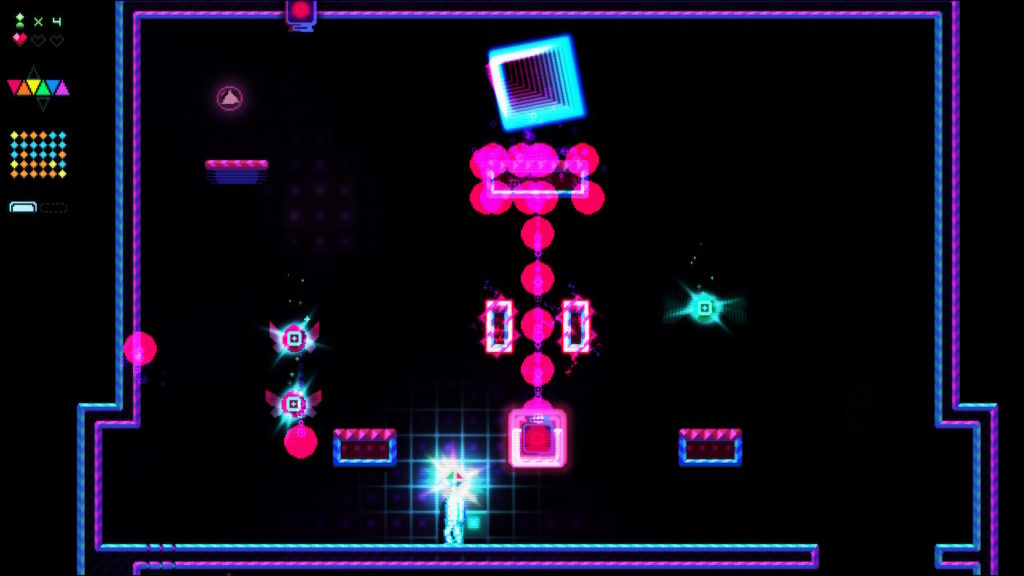
Also a bit of a shoutout to Demimonde themselves. I hit a bug where a section of a later level wasn’t aligned properly until I restarted a couple times. We had a bit of a back and forth trying to narrow down what was going on. While we ultimately don’t have an answer, it was good to see them digging for info to potentially fix the issue, especially in light of the great speedrunning potential for a game of this style.
This is going to sound kind of weird, but if I were to give this one a comparable, it would probably be Super Mario Bros 2. Something about the way that the platforms you create move and glide with you gives it the same sort of floaty kind of platforming feel with similar amounts of precision really feels like that one. However, Octahedron is so much more when you really start digging into it. It takes those tight mechanics and adds a bunch of completionist tasks to really hone in on a super tight puzzle platformer. Combined with great audio and visual style, this one’s a pretty easy game to recommend.


